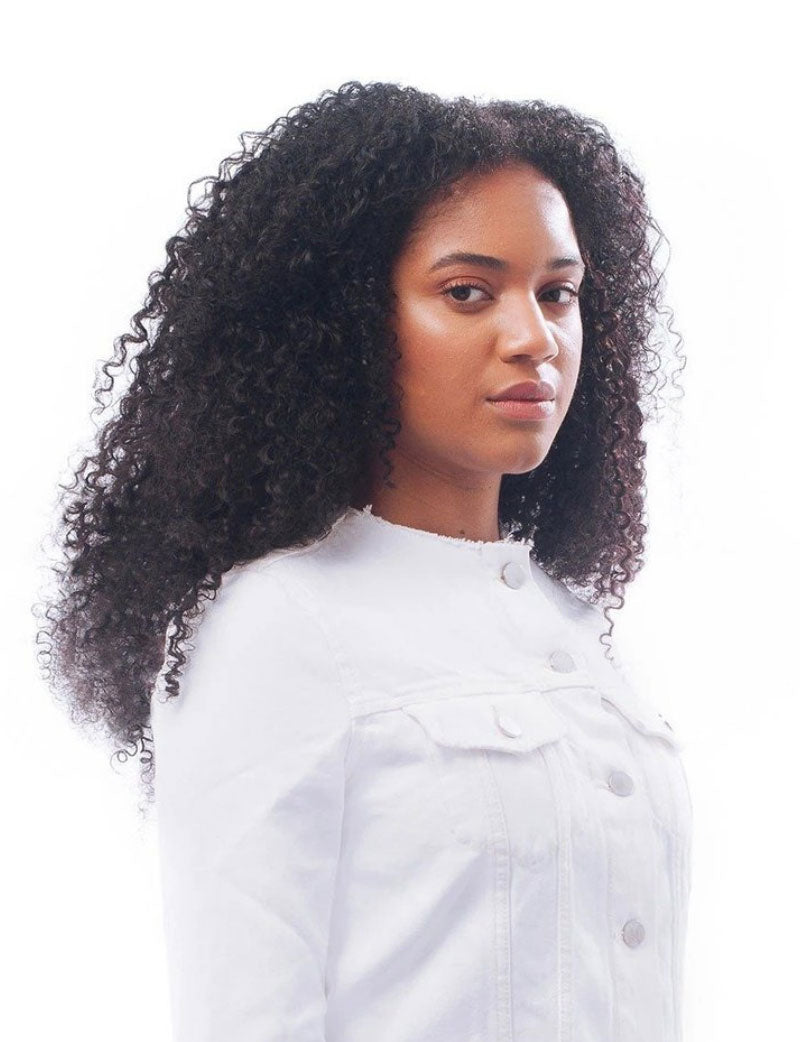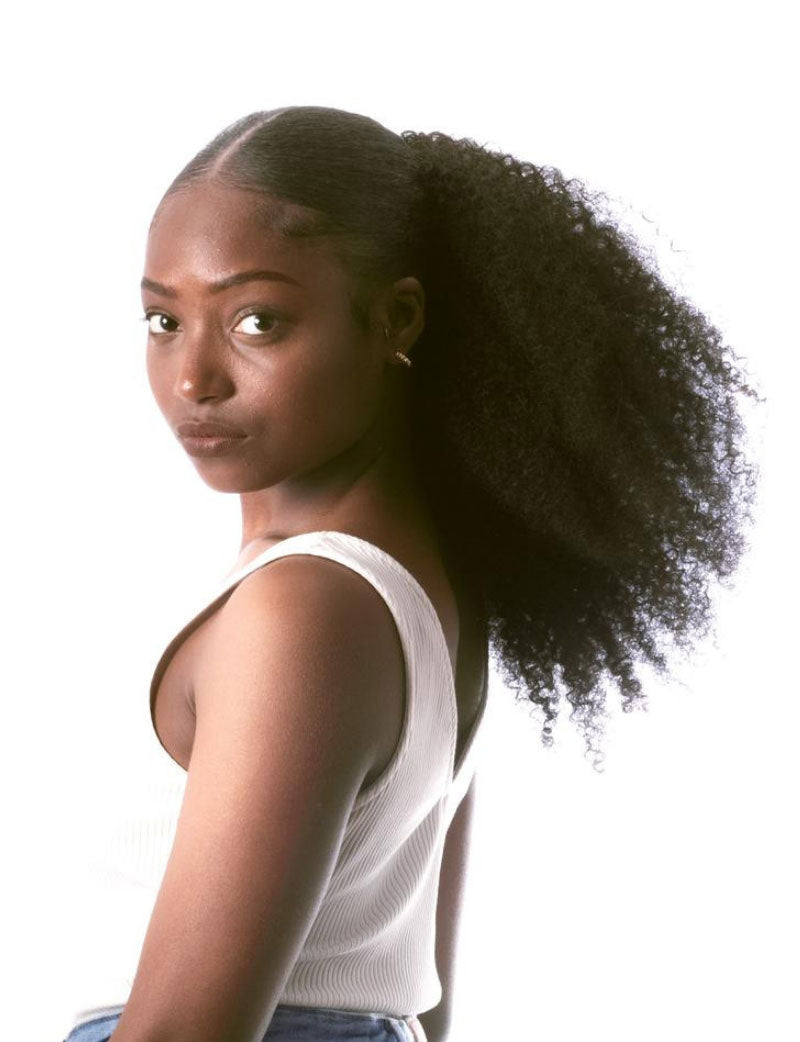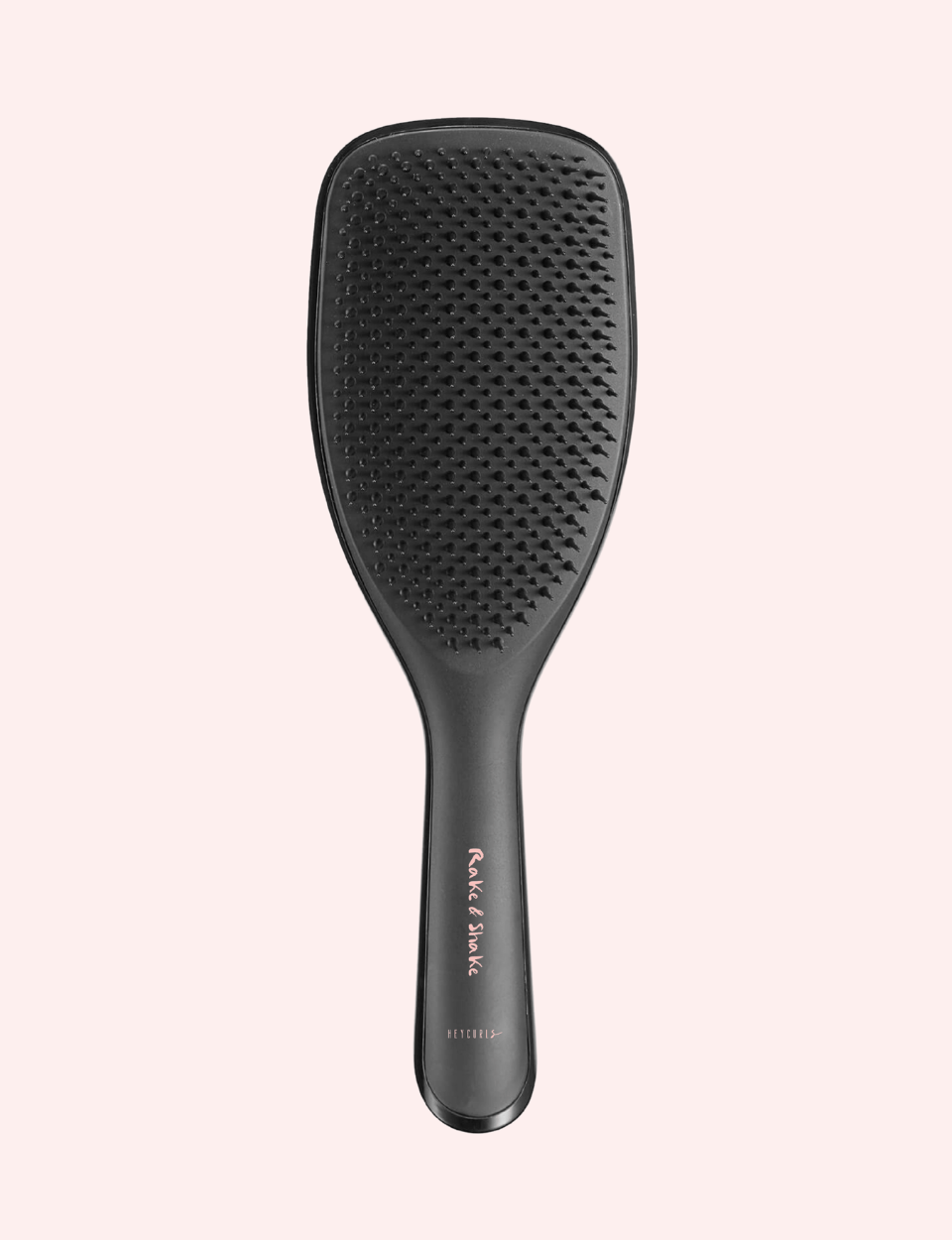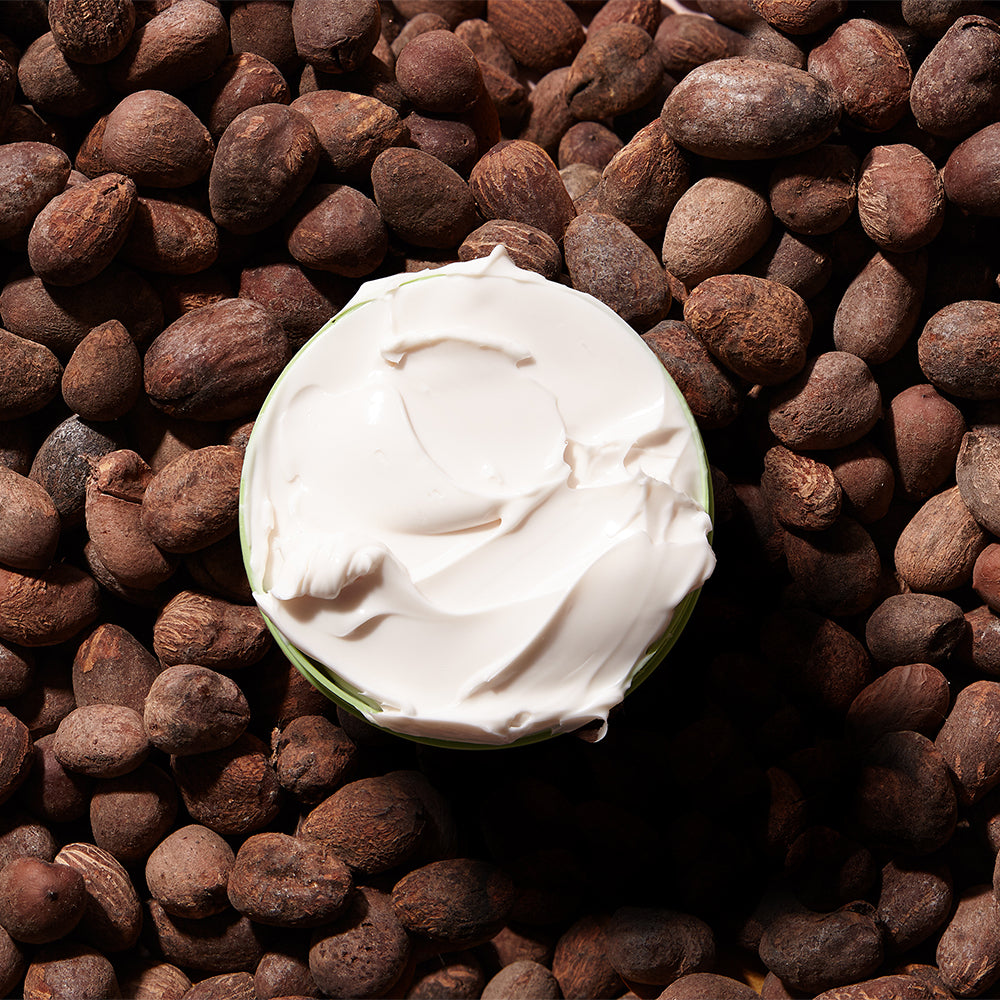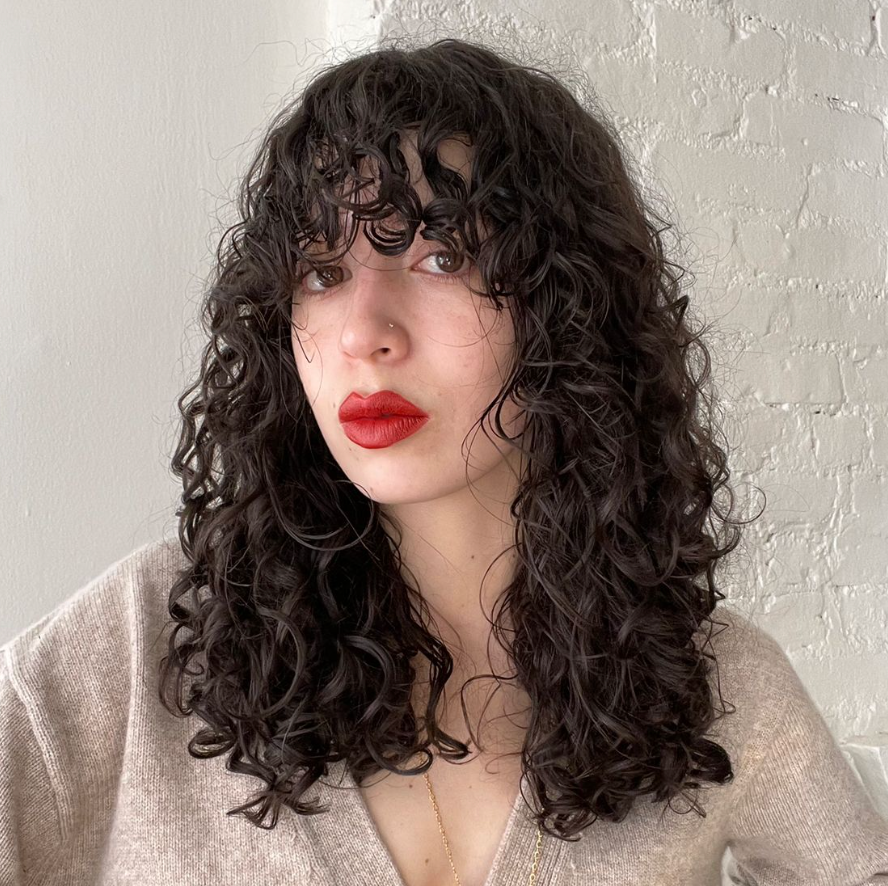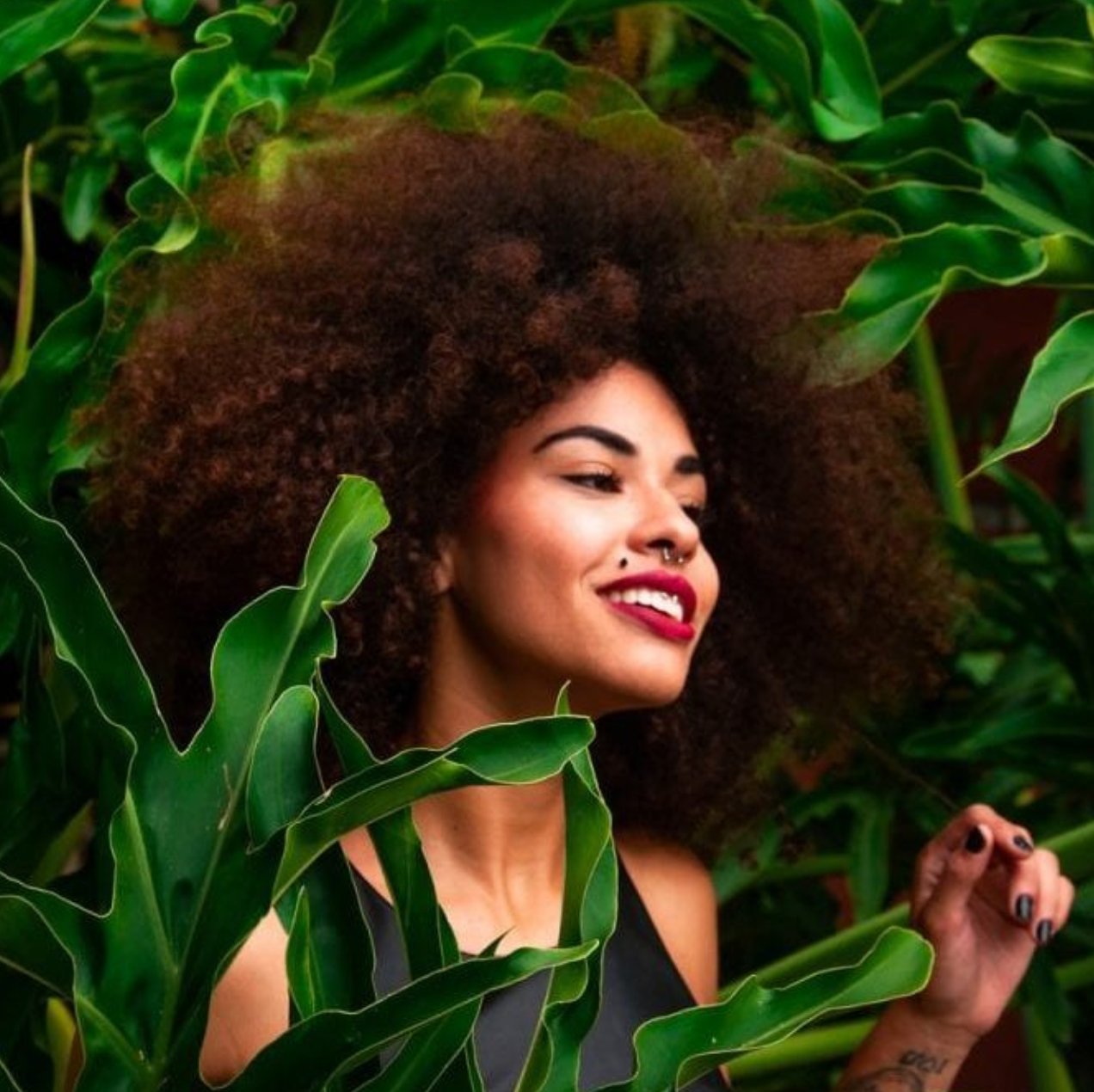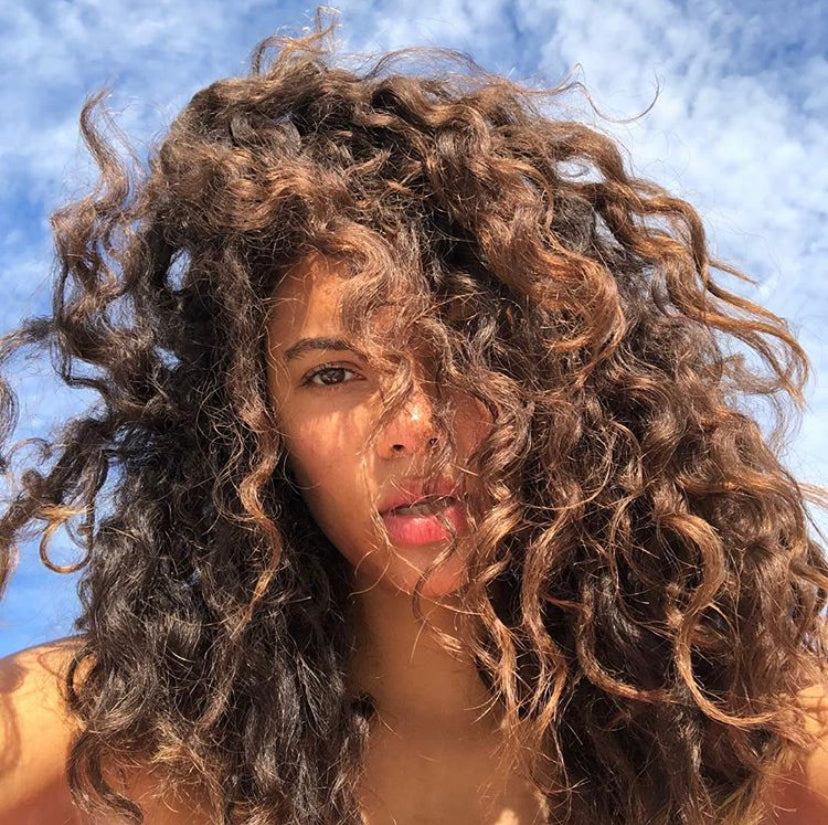You probably already know that shea butter is a great addition to your skin care routine. Its super buttery texture softens the skin and has many anti-inflammatory and anti-ageing properties—it’s no wonder that so many skincare brands include shea butter in their products as a staple ingredient! While it’s common knowledge that shea butter is great for your skin, did you know that it’s also great for natural hair?
What is shea butter?
Shea butter is a compound made from the fat of shea nuts. The shea nuts grow on the Vitellaria Paradoxa tree, or the shea tree, as it is commonly known. Shea butter originated in West Africa, where it was used in cooking and traditional medicines, as well as soaps, shampoos, and skin balms.
Organic vs. non-organic shea butter
Organic shea butter is derived from shea nuts harvested from shea trees that are grown in organic plantations—this means no synthetic pesticides are used, antibiotics, synthetic fertilizers, genetically modified organisms, or growth hormones. Producers rely on natural, sustainable practices to grow their crops. Non-organic shea butter on the other hand, is derived from shea trees that may be grown with all the above practices. This means that there may be impurities or unnatural components in the end product (which then transfers directly to your hair and skin!) When purchasing shea butter for natural hair, it’s best to opt for the organic variety so that you are only applying the most natural, pure product to your hair.
Refined vs. unrefined organic shea butter
The difference between unrefined and refined shea butter is in the way the shea nuts are processed to create shea butter, as well as the properties that remain in the end product.
Refined organic shea butter
Refined shea butter has a pure white colour with no odor. During the refining process, the color and odor is removed, as are many of the product’s healing properties, which make it so good for natural hair!
Unrefined organic shea butter
Unrefined shea butter has an ivory or cream hue with a lovely, natural, nutty scent. Because it is unrefined, all its nutrients are kept intact, including fatty acids, triglycerides, vitamin A, E, and F, and antioxidants. These help with healthy circulation and cell regeneration.
What is yellow shea butter?
Yes, it’s real! Yellow shea butter gets its sunshine hue from the addition of Borututu Roots. The Borututu Root has antioxidants and antibacterial properties, which enhances and adds to the many benefits of shea butter.
Which is better: refined or unrefined shea butter?
The raw unrefined version of shea butter is considered to be the “better” version, because it is of the highest quality and all its benefits remain preserved.
"Shea butter not only protects your hair from breakage, but it can protect your hair from UV rays and heat"
Organic shea butter benefits for hair
Speaking of shea butter benefits, this one product has a million and one ways to help you on your journey to healthy hair. Here’s a list:
1. Shea butter soothes your irritated scalp
If you’re prone to an irritated or dry scalp, you can actually add shea butter directly to your scalp for relief. The reason why it works so well is that it has anti-inflammatory properties. In addition to that, shea butter won’t clog your pores and absorbs right into your scalp. Even if you have a more chronic problem like dandruff, shea butter can provide relief. Combined with other moisturisers, it can help to treat dandruff and prevent flare-ups in the future. One thing I’ve found to be really helpful with my dry scalp is also eliminating the use of shampoos containing sulfates.
2. Shea butter as a hair butter
Shea butter is great for the C part of the LCO/LOC method. Shea butter is much cheaper than many hair butters and works well if not better. To save some money on your natural hair journey, you can use shea butter right before you apply your oil. It’s a great sealant for your leave-in conditioner and your hair will feel great. Your hair will also stay soft and moisturised for quite some time. With shea butter, you don’t have to worry about waking up the day after washday with dry hair.

3. Shea Butter as a moisturizer
Shea butter isn’t only great for wash day. You can use it to moisturise your hair at any time. Shea butter is pretty thick and so it may look like it’s too heavy but it’s pretty moisturizing for kinky hair. It’s full of vitamin E and vitamin A and will add some shine to your hair. It’s a great bang for your buck and I’d recommend it over many of the other moisturisers in store. If you follow the curly girl method and avoid products with mineral oil and silicone it can be hard to find products. The good thing about shea butter is that it’s curly girl method approved, it doesn’t have mineral oil or silicones.
4. Shea butter for hair growth
Yes, a lot of products claim to help you grow your hair out, but shea butter is the real deal. It promotes hair growth not only because it prevents breakage, but because of those fatty triglycerides mentioned early, which stimulate circulation and cell growth. To prevent breakage, concentrate the shea butter on the ends of the hair shaft, as this is the oldest part of your hair and thus the weakest. I also recommend relaxing with a nice scalp massage using shea butter, to stimulate scalp circulation and hair growth. If your roots are naturally oily, however, you may want to skip this step.
5. Shea butter protects your natural hair
Shea butter not only protects your hair from breakage, but it can protect your hair from UV rays and heat, due to its cinnamic acid content. If your hair is going to be exposed to sunlight, especially at the beach, put some shea butter on your hair strands. If you’re looking to protect your hair from damage from heating tools, you can apply a little before you blow-dry or straighten your natural hair.
How to use organic shea butter
Shea butter is simple enough to use on its own! Simply take a dollop, warm it up on your fingertips, and apply to your hair or scalp. Because organic shea butter is naturally quite dense, another option is to make homemade whipped shea butter, and add carrier and essential oils to it, to really reap its benefits.
There are many videos on YouTube with step by step instructions on how to make your own whipped shea butter, but I’ve summarised everything below as well. You’ll need shea butter, of course, as well as any essential oil of your choice, and your favourite carrier oils.
How to make organic whipped shea butter at home
- Add chunks of shea butter into a bowl and use a mixer to break it apart. If you want to use coconut oil and yours is solid, this is a good time to add it into the mixture.
- The next step is to add your carrier oils. You can use avocado oil, castor oil, grape seed oil or any oil you like. You can also add some essential oils such as rosemary or tea tree oil.
- You’re done! Scoop it out and put it in a clean container. It’s best to keep it in a cool and dark place.
Personally, when I make whipped shea butter, I place the container it comes in into a bowl of hot water and leave it there to melt. After it has fully melted, I add my favourite oils and mix it around and around until I see it starting to look whipped. This is a great method to use if you don’t have a mixer, but still want to incorporate oils into your organic shea butter.
I try my best not to get water into the mixture because this could lead to a grainy mixture as well as the potential for fungus to grow in it.

How to store organic shea butter
Whether homemade or store bought, shea butter should be stored in an airtight container in a cool, dry place. Avoid storing it in the bathroom, where moisture from steamy showers could affect its consistency. As well, avoid storing it in an area that gets too warm, as it could melt back into its liquid form. Shea butter can last up to 2 years on its own; however, if you make whipped shea butter and add any carrier oils or essential oils to the mixture, you may want to check the expiry date of any of these additional oils and replace the shea butter accordingly. You’ll know it’s time to throw out your shea butter if you notice the odor is off.
The Take Out
Shea butter is a great inexpensive product to add to your natural hair routine, with a myriad of benefits that lead to healthier hair. It can be manipulated with your favourite oils for an extra boost of nutrition, and should be a staple in any naturalista’s natural hair routine.

